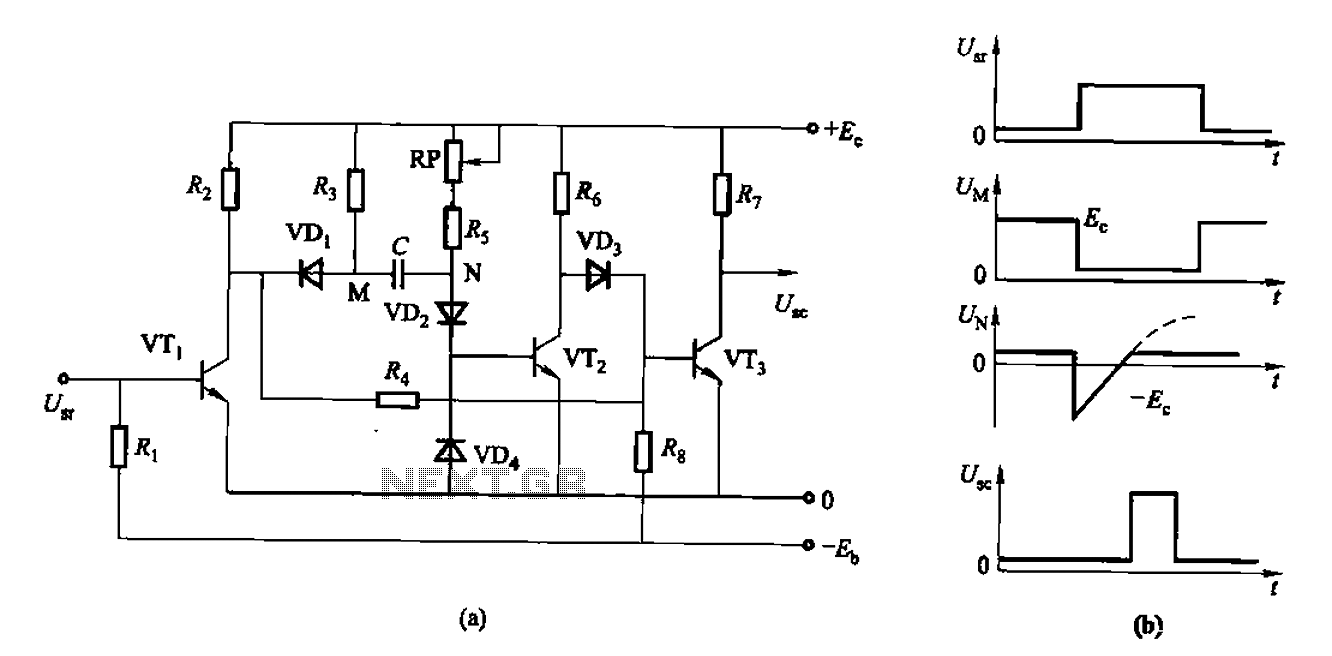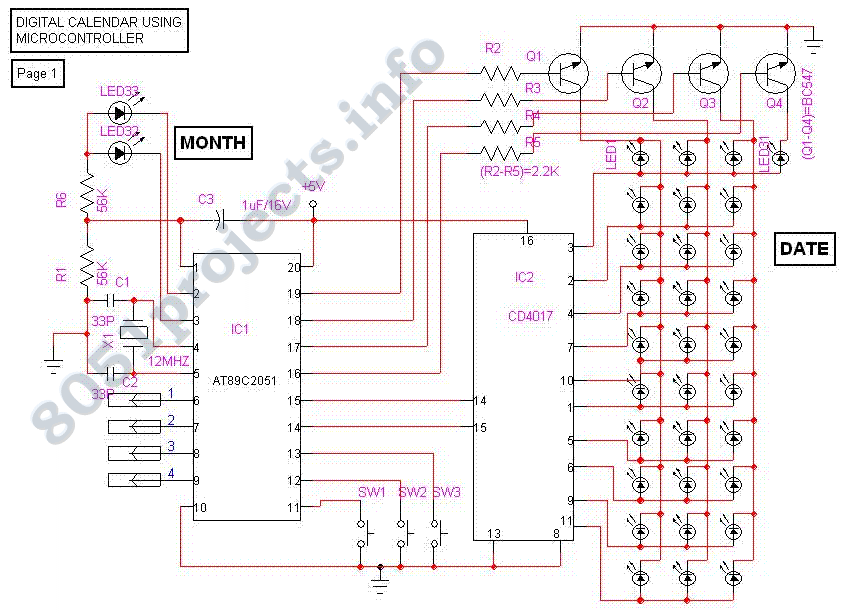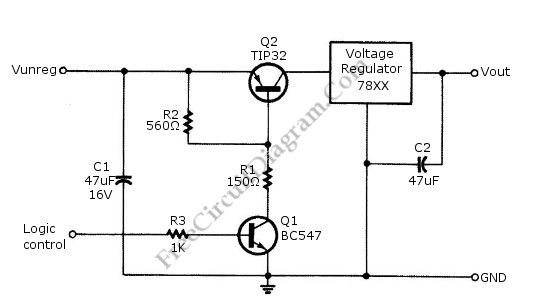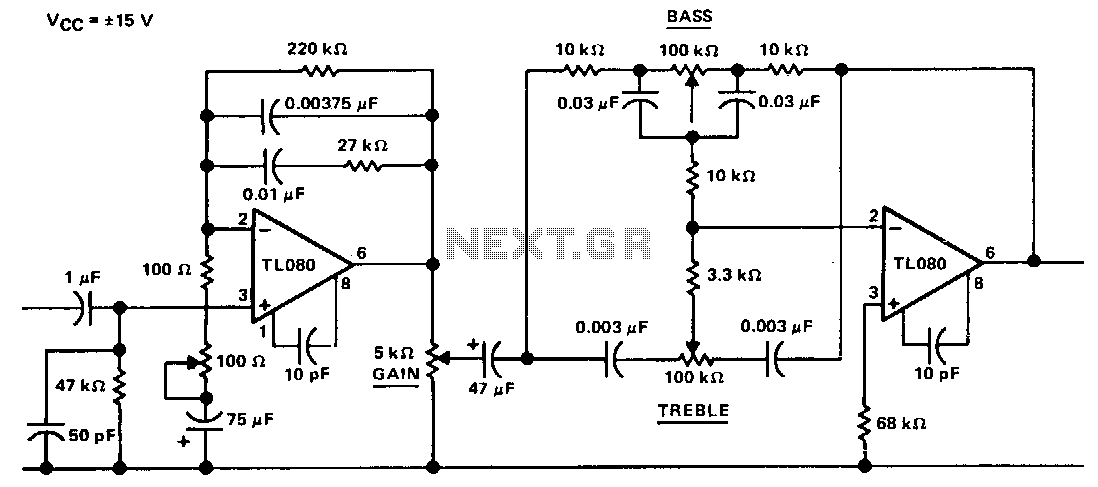
remote control

At certain times of the year, migration occurs a bit north of Southampton to an area where VHF ham operators are sparse and often experience interference. The local repeater utilizes a tone burst, and the proximity to noisy power lines complicates long-distance communication, making HF reception difficult. To enhance radio operation time, a solution was sought that capitalized on the benefits of a full license—remote control of a radio located in Southampton, using any available communication method. A spare HP T5720 "thin client" was available for this project. These low-power (approximately 1-2A at 12V), compact computers feature a 1GHz AMD CPU, 512MB RAM, and 512MB/1GB of IDE-based Flash storage, running XP Embedded, and are relatively inexpensive. The Flash storage can be replaced with a 2.5" hard drive, allowing for a full installation of Windows XP. The system includes serial and parallel ports, 10/100 LAN, audio input and output, six USB ports, VGA, PS2 connections, and a PCI slot. The initial step involved selecting an appropriate radio rig. Initially considered was a Tait T500, but due to poor audio quality, the decision was made to use a Baofeng UV-3R. This handheld radio, offering 2W power on 2m/70cm bands, is available for £30 or less and prompted the purchase of a second unit. Its low power consumption allows it to be powered via a USB port, with available cables for this purpose. The headset jack features a standard 4-pole 3.5mm configuration (tip to ring: Speaker, Mic, PTT, and Ground). With the radio selected, a control method was necessary. Ham Radio Deluxe provides remote control capabilities but requires a compatible radio/interface, which was not suitable. An alternative considered was using Skype with VOX on the handheld; however, concerns about accidental transmission due to computer sounds led to the selection of Echolink. This software allows for generic PTT control via a serial port using RTS or DTR and can be secured to restrict access to designated users. Echolink's software complexity is lower than that of HRD, as it does not necessitate a VPN. An interface board was also needed to manage PTT control and audio input/output from the radio. Full opto-isolation for PTT was unnecessary since the radio was powered from the PC, but widely available Eagle LT700 audio transformers (1.2K to 2x 3.2R) were used to eliminate hum. RTS controlled the PTT via a BC-547 diode. This setup enables the use of the GB3SH repeater from virtually anywhere, including from a PC at an alternate location or through a 3G connection on an iPhone/iPad, with minimal cost and effort. However, the drawback is the limitation to a single channel or repeater, and achieving seamless communication may require adjustments to Echolink's VOX receive settings to minimize cut-out time.
The proposed electronic schematic involves several key components and connections to facilitate the remote operation of the Baofeng UV-3R radio. The HP T5720 thin client serves as the control unit, running Windows XP and hosting the Echolink software. The radio is connected to the thin client via a USB port, allowing for power supply and data communication.
The audio interface is constructed using the Eagle LT700 audio transformers to ensure clean audio signals while preventing ground loop hum. The audio output from the thin client is routed through the transformers to the radio's audio input, and the radio's audio output is similarly processed before being sent back to the thin client for monitoring.
The PTT control circuit is designed around the RTS signal from the thin client's serial port. A BC-547 transistor acts as a switch, controlling the PTT line of the radio. The circuit ensures that the radio can be activated remotely without the need for complex isolation measures, given that the radio is powered directly from the thin client.
In summary, this schematic provides a robust solution for remote radio operation, leveraging existing technology and components to create an efficient and cost-effective system for ham radio enthusiasts facing communication challenges in remote locations. The design emphasizes simplicity and reliability, allowing for effective use of the GB3SH repeater while accommodating the limitations inherent in the chosen equipment.At certain times of the year I migrate a bit North of Southampton to an area where the the hams on VHF are grumbly and seem to be few and far between. Add to this that the local repeater only uses tone burst and that the QTH is right next to some noisy power-lines, which makes getting further afield difficult and HF deafening, and my time playing
radio takes a nose dive. My solution to increase my air time was to take advantage of one of the perks of having a full license - remote control using, any method of communication, to control a radio in the Southampton QTH. At the start of this project I had a spare HP T5720 "thin client" lying about. These are low-power (~1-2A at 12V), small computers which have a 1GHz AMD CPU, 512MB RAM, 512MB/1GB of IDE-based Flash storage and run XP Embedded and can be picked up for very little money.
The flash can be replaced with a 2. 5" hard drive with a bit of hacking and full XP can then be installed. The system has serial and parallel ports, 10/100 LAN, audio in and out, 6 USB ports, VGA, PS2 connections and a PCI slot. The first step was to decide which rig to use. My first thoughts were to use a Tait T500 which had been thrown my way by G0WFQ however this turned out to be a red herring as the audio in and out of it was atrocious so I settled for my Baofeng UV-3R.
For those of you not familiar with this amazing little radio, it is a 2W 2m/70cm handheld which you can pick up for £30 or less on a well known auction site and this project prompted me to buy a second one. They are so low power that it is possible to power one solely from a USB port and there are cables available to do just that.
The headset jack is a 4-pole 3. 5mm affair with fairly standard pin out (of tip to ring) Speaker, Mic, PTT and Ground. With the rig chosen I needed some method to control it. Ham Radio Deluxe offers remote control functionality and has been used by other people however you need to have a supported radio/interface which is obviously a no go for this. Another option would be to use Skype and then VOX on the handheld but, while this would work and has again been used by other Hams, my concern would be accidentally triggering the transmit with other sounds from the computer.
In the end I went for Echolink which allows for generic PTT control over a serial port using either RTS or DTR and, while not intended for private links, it can be locked down to restrict access to certain named users. Echolink also has the benefit of being less complex on a software front than a HRD setup as no VPN is required.
Finally, an interface board of some description was required to control the PTT and to get audio in and out of the radio. Full opto-isolation of the PTT was not required as the radio was being power FROM the PC however widely available Eagle LT700 (1.
2K to 2x 3. 2R) audio transformers were still used to cut out any hum. RTS was used to control the PTT with a BC-547 diode. This solution allows me to use the GB3SH repeater from practically anywhere - from my PC at the alternative QTH to a 3G connection on my iPhone/iPad - with minimal cost and work. The down side to this solution is that there is no way to control the frequency so you are stuck to a single channel or repeater.
I have also found that it can be challenging to get into a flowing conversation without tweaking Echolink`s VOX receive settings to reduce the cut out time. 🔗 External reference
The proposed electronic schematic involves several key components and connections to facilitate the remote operation of the Baofeng UV-3R radio. The HP T5720 thin client serves as the control unit, running Windows XP and hosting the Echolink software. The radio is connected to the thin client via a USB port, allowing for power supply and data communication.
The audio interface is constructed using the Eagle LT700 audio transformers to ensure clean audio signals while preventing ground loop hum. The audio output from the thin client is routed through the transformers to the radio's audio input, and the radio's audio output is similarly processed before being sent back to the thin client for monitoring.
The PTT control circuit is designed around the RTS signal from the thin client's serial port. A BC-547 transistor acts as a switch, controlling the PTT line of the radio. The circuit ensures that the radio can be activated remotely without the need for complex isolation measures, given that the radio is powered directly from the thin client.
In summary, this schematic provides a robust solution for remote radio operation, leveraging existing technology and components to create an efficient and cost-effective system for ham radio enthusiasts facing communication challenges in remote locations. The design emphasizes simplicity and reliability, allowing for effective use of the GB3SH repeater while accommodating the limitations inherent in the chosen equipment.At certain times of the year I migrate a bit North of Southampton to an area where the the hams on VHF are grumbly and seem to be few and far between. Add to this that the local repeater only uses tone burst and that the QTH is right next to some noisy power-lines, which makes getting further afield difficult and HF deafening, and my time playing
radio takes a nose dive. My solution to increase my air time was to take advantage of one of the perks of having a full license - remote control using, any method of communication, to control a radio in the Southampton QTH. At the start of this project I had a spare HP T5720 "thin client" lying about. These are low-power (~1-2A at 12V), small computers which have a 1GHz AMD CPU, 512MB RAM, 512MB/1GB of IDE-based Flash storage and run XP Embedded and can be picked up for very little money.
The flash can be replaced with a 2. 5" hard drive with a bit of hacking and full XP can then be installed. The system has serial and parallel ports, 10/100 LAN, audio in and out, 6 USB ports, VGA, PS2 connections and a PCI slot. The first step was to decide which rig to use. My first thoughts were to use a Tait T500 which had been thrown my way by G0WFQ however this turned out to be a red herring as the audio in and out of it was atrocious so I settled for my Baofeng UV-3R.
For those of you not familiar with this amazing little radio, it is a 2W 2m/70cm handheld which you can pick up for £30 or less on a well known auction site and this project prompted me to buy a second one. They are so low power that it is possible to power one solely from a USB port and there are cables available to do just that.
The headset jack is a 4-pole 3. 5mm affair with fairly standard pin out (of tip to ring) Speaker, Mic, PTT and Ground. With the rig chosen I needed some method to control it. Ham Radio Deluxe offers remote control functionality and has been used by other people however you need to have a supported radio/interface which is obviously a no go for this. Another option would be to use Skype and then VOX on the handheld but, while this would work and has again been used by other Hams, my concern would be accidentally triggering the transmit with other sounds from the computer.
In the end I went for Echolink which allows for generic PTT control over a serial port using either RTS or DTR and, while not intended for private links, it can be locked down to restrict access to certain named users. Echolink also has the benefit of being less complex on a software front than a HRD setup as no VPN is required.
Finally, an interface board of some description was required to control the PTT and to get audio in and out of the radio. Full opto-isolation of the PTT was not required as the radio was being power FROM the PC however widely available Eagle LT700 (1.
2K to 2x 3. 2R) audio transformers were still used to cut out any hum. RTS was used to control the PTT with a BC-547 diode. This solution allows me to use the GB3SH repeater from practically anywhere - from my PC at the alternative QTH to a 3G connection on my iPhone/iPad - with minimal cost and work. The down side to this solution is that there is no way to control the frequency so you are stuck to a single channel or repeater.
I have also found that it can be challenging to get into a flowing conversation without tweaking Echolink`s VOX receive settings to reduce the cut out time. 🔗 External reference





